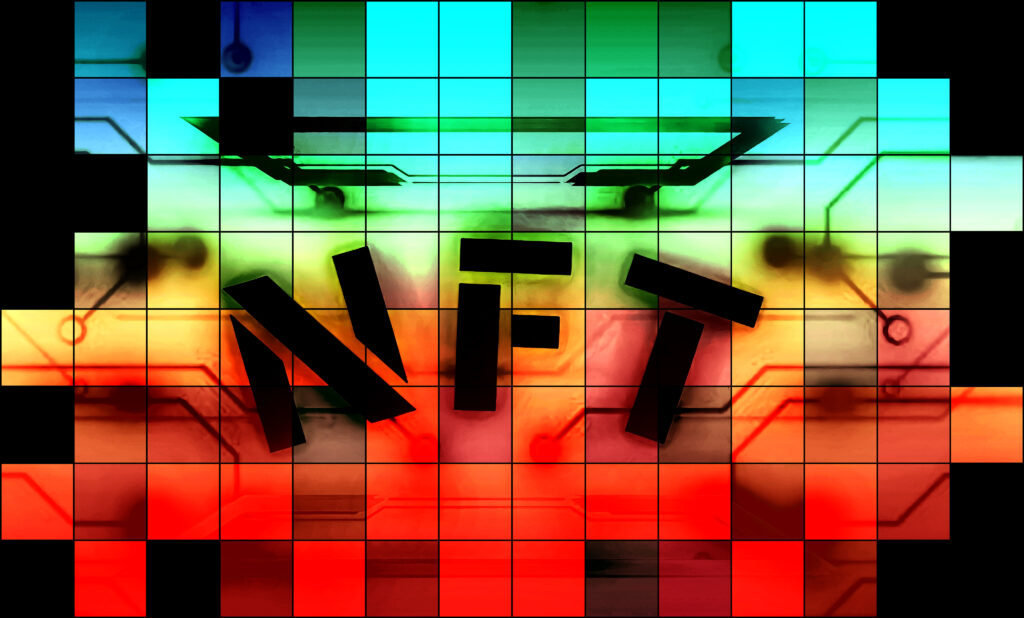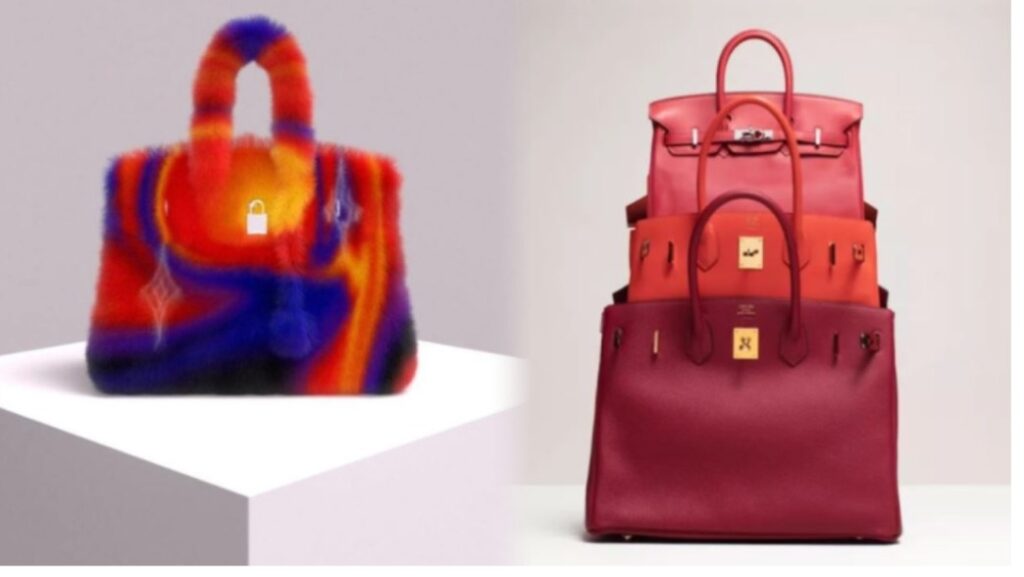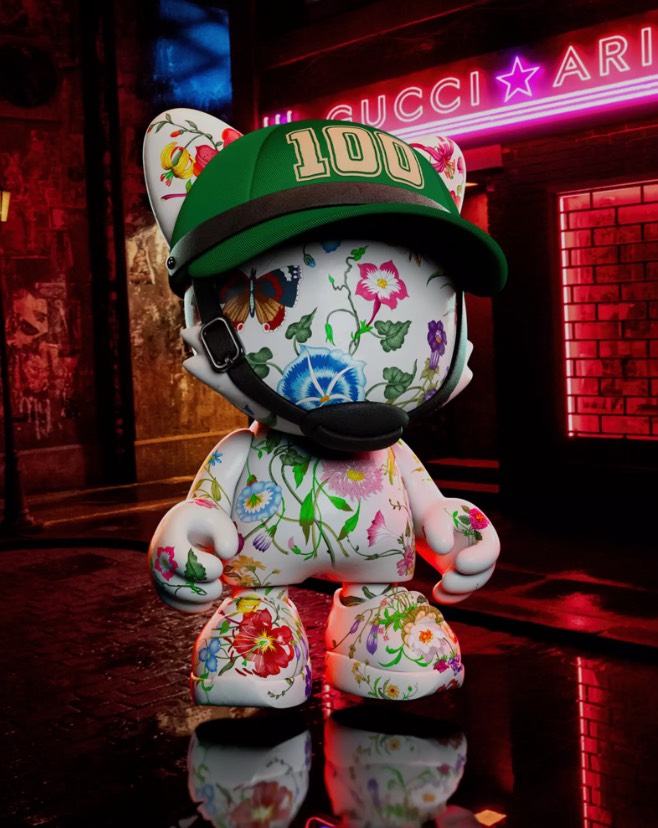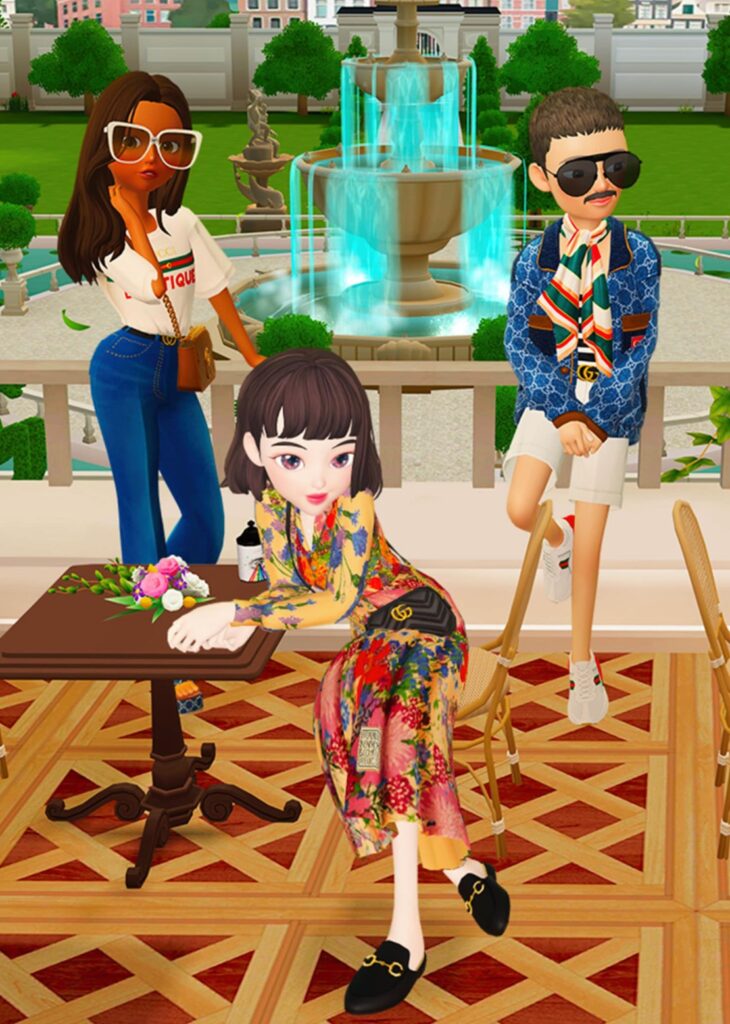
NFT: threat or opportunity for companies and their brands?
NFT, BLOCKCHAIN, METAVERSE, CRYPTOCURRENCY… WE HAVE ARRIVED IN WEB 3.0. AT THE LATEST SINCE THE EMERGENCE OF THE FIRST NFTS, DISPUTES IN TRADEMARK LAW ARE ON THE HORIZON. ARE BRAND OWNERS AND COMPANIES PREPARED?

The metaverse has hit the IP community, and not just since Facebook’s rebranding as Meta Platforms, Inc. (Meta) has sparked potential trademark litigation.
Blockchain technology and cryptocurrency have now laid the groundwork for Web 3.0, where it allows not only read (Web 1), read and write (Web 2), but also the instantaneous transfer of value, goods and rights.
The latest hype is NFTs, the acronym for Non-Fungible Tokens. In 2021, more than US$14 billion worth of NFTs have been sold. And the trend is upward. Among them, several unauthorized potentially trademark infringing NFTs. Countless brand names and logos are offered for sale on OpenSea by so-called “artists.”
Well-known artists such as Banksy are affected by this copyright infringement, but even very big names such as Hermès are fighting for their rights.
Hermès considers the artist Mason Rothschild’s use of its Birkin bag, a fashion-cultural landmark – even according to the artist – as an NFT a blatant trademark infringement and filed suit in New York in January Case 1:22-cv-00384.
Trademark rights versus freedom of expression and art. The trademark and art communities are watching this decision with anticipation.

But what are NFTs anyway? Non-fungible tokens, unlike fungible tokens, are unique individual tokens stored in a blockchain that provide information about the authenticity of an ownership of an object. An NFT proves that the work is unique, authenticated, and not counterfeit. A certificate of authenticity for digital files that shows legal ownership of them. The ownership of the file is unchanged and cannot be copied. However, the actual work can still be copied and is freely available on the Internet. The buyer only knows that he has received an authentic version of this work by purchasing the NFT. The NFT holder obtains a digital certificate, a confirmation document that he is the owner of the original, through a so-called “smart contract” (programs to verify ownership). The token contains metadata naming the buyer as the owner of the work and a unique hash code as a kind of signature that enables the NFT to be uniquely assigned to the work. For the digital author of the work there is thus the possibility to keep control over his work and to identify an original by tokenizing it. As a rule, the buyer of the NFTs does not acquire copyrights, only rights of use. On the one hand, file rights are not subject to copyright, on the other hand, they only represent the underlying asset and manifest ownership. Moreover, this depends on the contract and the terms of use of the platform, i.e. whether contractual license agreements are also regulated with the sale of the NFT. In cases such as Cryptokitties NFT and the NBA Dunks, the acquirers were provided with licenses.
These tokens are monitored decentrally by the peer-to-peer network community, distributed across countless computers, visible to all, unchangeable, documented forever and thus highly resistant to manipulation. They are traded on marketplaces and in cryptocurrencies such as Ether or Bitcoins. Many application areas are conceivable with these non-fungible tokens due to this new structure and security (trading domain names, tickets, real estate transfer, preventing product piracy through certificates of authenticity, digital documents). Currently, these tokens are mainly used in the art and gaming sectors (Fortnite, music, virtual clothing for avatars). In the art market, trade in NFTs already accounts for 10%. The artist Beeple sold an NFT for a sensational US$69 million. That all still seems far away and richly abstract.
But in the Philippines, 32% of Internet users already own NFTs, in Thailand 27%, in Malaysia 24%. The Asian market is strong, especially play-to-earn games like Axie Infinitiy are often the only way to make money. It’s also fun, and probably addictive.
At the moment, spectacular disputes are taking place, especially in the art sector. Quentin Tarantino is trying to launch an NFT related to the movie Pulp Fiction and has copyright problems with his studio Miramax because of resulting trademark and copyright infringements. Artist Rothschild is being sued by Hermès for his 100 MetaBirkin NFTs, which he sold for US$42,000 – the price of a used original bag (see above).
Other problems are that users like “OriginaTokenArt”, “OG Logo” and “Top Logo” offer names and logos of big brands like Microsoft, Lloyds, Toshiba, Renault, RWE, Bank of China, Disney, Netflix, Nike… as NFT on a large scale. Deutsche Telekom, AG, Allianz AG, Deutsche Post AG, BASF, BMW AG, Siemens… many German companies or their logos are also already represented and are auctioned for from 6 Ether = 18 000 US$ (https://opensea.io).
Even though Open Sea claims that it does not sell NFTs that involve trademark infringement, provides guidance on infringement (OpenSea IP Takedown Request Form) on its website, and has also taken it off its site in the case of the 100 MetaBirkin NFTs, first, not every marketplace is so cooperative, and second, tracking is extremely burdensome given the size of the market. The IP protection mechanism needs to be improved.
But big brands themselves, such as McDonald, Nike, Adidas (adiVerse), L’Oréal or Gucci are also trying their hand at NFTs, on the one hand to increase brand awareness and on the other to protect their own brands. Their NFTs are then best protected by registering them as a trademark and using them – a defense strategy against exploitation of their good reputation and to protect their own image.

Virtual worlds (Second Life), games (Minecraft, Roblox, Fortnite), virtual purchases of everything from real estate to clothing for avatars, advertising space, art, but also concerts, exhibitions and gambling are already commonplace in the metaverse; certificates of authenticity for machines, digital shopping malls and digital documents are also conceivable with NFTs. This is because this medium is well protected against manipulation, data theft or server failures thanks to its decentralized storage. Shopping in real or virtual worlds, the boundaries become blurred, and this then inevitably also affects the owners of intellectual property.

Some companies have already recognized this and have adapted their trademark portfolio for digital products accordingly.
Some examples of extended product applications for their trademarks at the EUIPO are
Nike Inc:
- Class 09: Downloadable virtual goods, namely computer programs with footwear, clothing, headgear, eyewear, bags, sports bags, backpacks, sports equipment, art, toys and accessories for use online and in online virtual worlds.
- Class 35: Retail services relating to virtual goods, namely, footwear, clothing, headwear, eyewear, sports bags, backpacks, sports equipment, art, toys and accessories for use online; online retail services relating to virtual goods, namely, footwear, clothing, headwear, eyewear, bags, sports bags, backpacks, sports equipment, art, toys and accessories.
- Class 41: Entertainment services, namely, providing non-downloadable virtual footwear, clothing, headwear, eyewear, bags, sports bags, backpacks, sports equipment, art, toys and accessories for use in virtual environments.
Crocs Inc:
- Class 09: Downloadable digital media, namely, digital assets, digital collectibles, digital tokens and non-fungible tokens (NFTs).
- Class 35: Providing an online marketplace and registry for buyers and sellers of digital assets, digital collectibles, digital tokens and non-fungible tokens (NFTs)
- Class 41: Sale of digital assets and digital collectibles as non-fungible tokens (NFTs).
L’Oréal S.A.:
- Class 09: Downloadable virtual goods, namely, software In respect of the following goods: Perfumery, personal care products, personal and beauty care products, make-up, skin care products, hair care products and hair coloring products, The aforesaid goods for online use and for use in online virtual worlds; Downloadable computer software for interactive games for use via a worldwide computer network and via various wireless networks and electronic devices; Downloadable software for social networking and interacting with online communities; Downloadable software for accessing and streaming multimedia entertainment content; Downloadable software for providing access to an online virtual environment; Downloadable computer software for creating, producing, and modifying animated and non-animated digital designs and characters, avatars, digital transitions, and skins for access to and use in online environments, online virtual environments, and extended reality virtual environments; NFC (near field communication) tokens; Downloadable mobile application software for ordering the following goods: Perfumery goods, personal care products, cosmetics and makeup, skin care products, hair care products, and hair dye; NFC tags (near field communication) for interacting with mobile applications to obtain information With respect to the following goods: Perfumery goods, personal care products, cosmetics and make-up, skin care products, hair care products and hair dyes; NFC tags (near field communication) for marketing and authentication of the following goods: Perfumery goods, personal care products, cosmetics and make-up, skin care products, hair care products and hair dyes.
- Class 41: Providing an interactive website for virtual reality games; entertainment services, namely, online provision of non-downloadable virtual perfumery goods, toiletries, cosmetics, makeup, skin care, hair care and hair coloring products, animated and non-animated digital designs and characters, avatars, digital transitions and skins for use in virtual environments; online provision of virtual reality and interactive games via a worldwide computer network and via various wireless networks and electronic devices; Entertainment services, namely, online video games; Entertainment services, namely, providing virtual environments that allow users to interact for recreational, leisure, or entertainment purposes; Entertainment services, namely, providing an online environment for streaming entertainment content and live streaming entertainment events; Entertainment services, namely, organizing, hosting, and hosting virtual performances and social entertainment events.
What new opportunities and business areas may still develop and what legal issues the IP community and companies will have to deal with in the future remains exciting. It is already becoming apparent that brands will play a significant role in this.
Do you have questions about this article? Contact us
Images by: moonie, Mason Rothschild, Hermès, Gucci

Gracia-Regina Blumenröhr
Legal Counsel